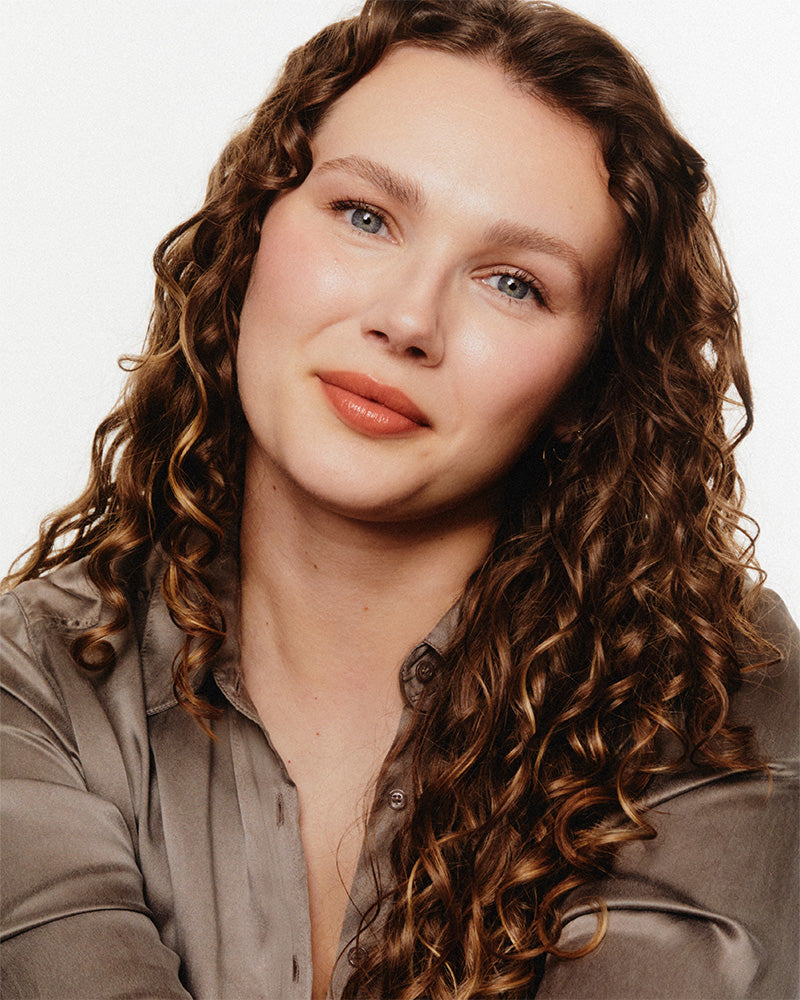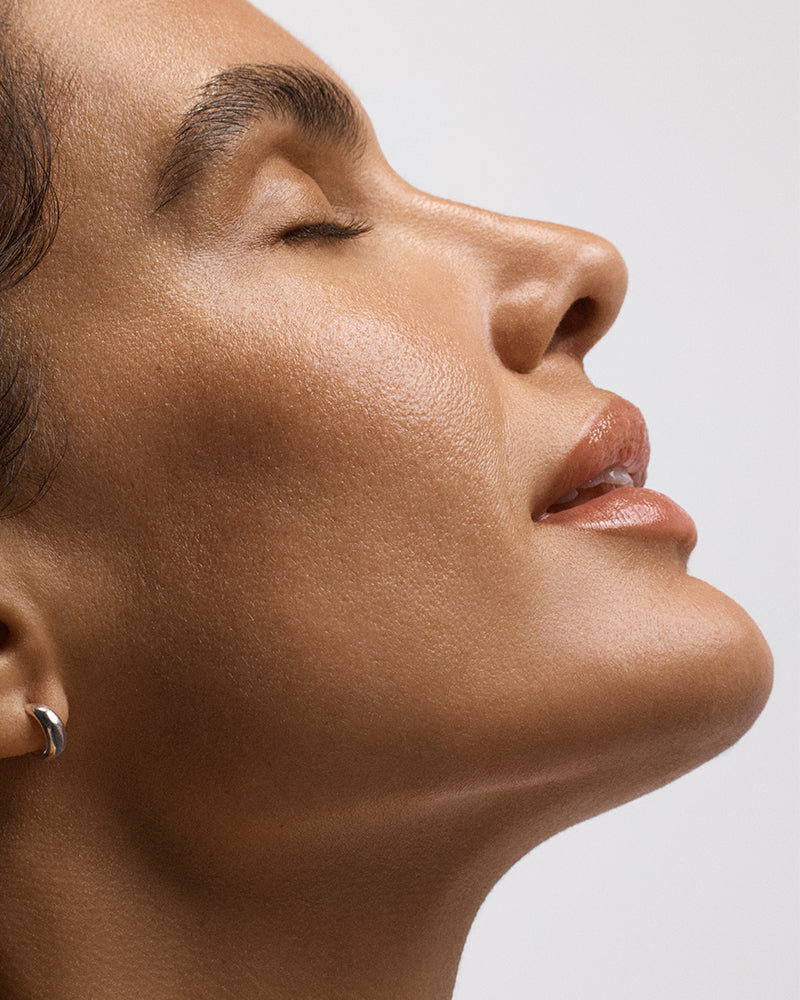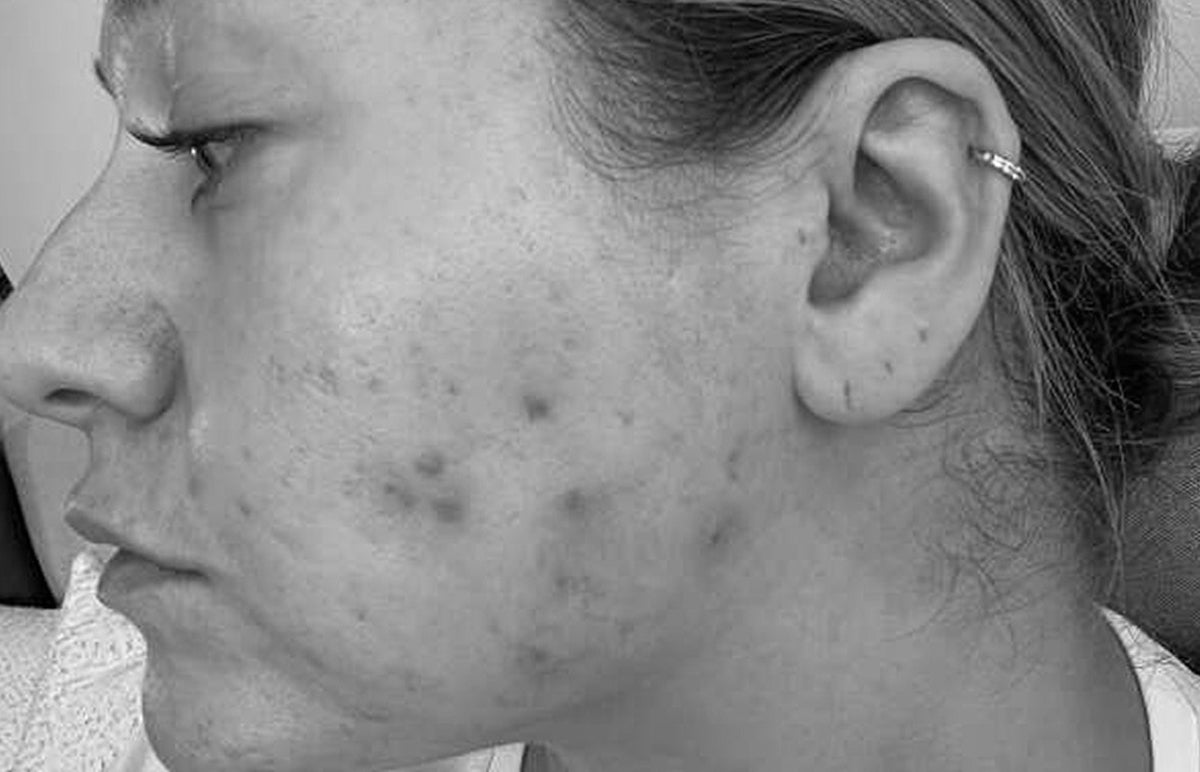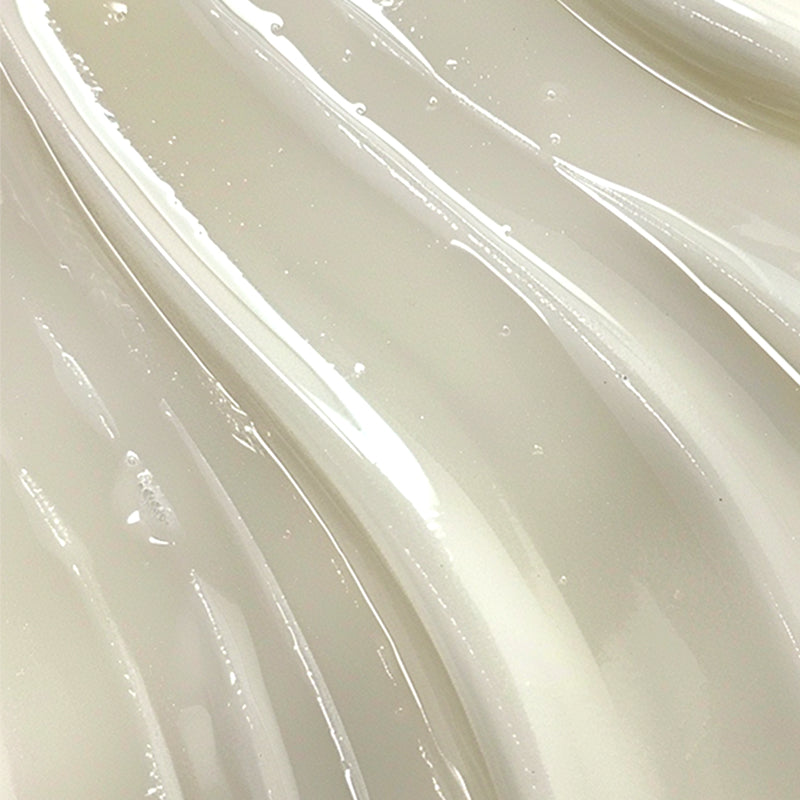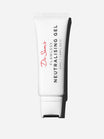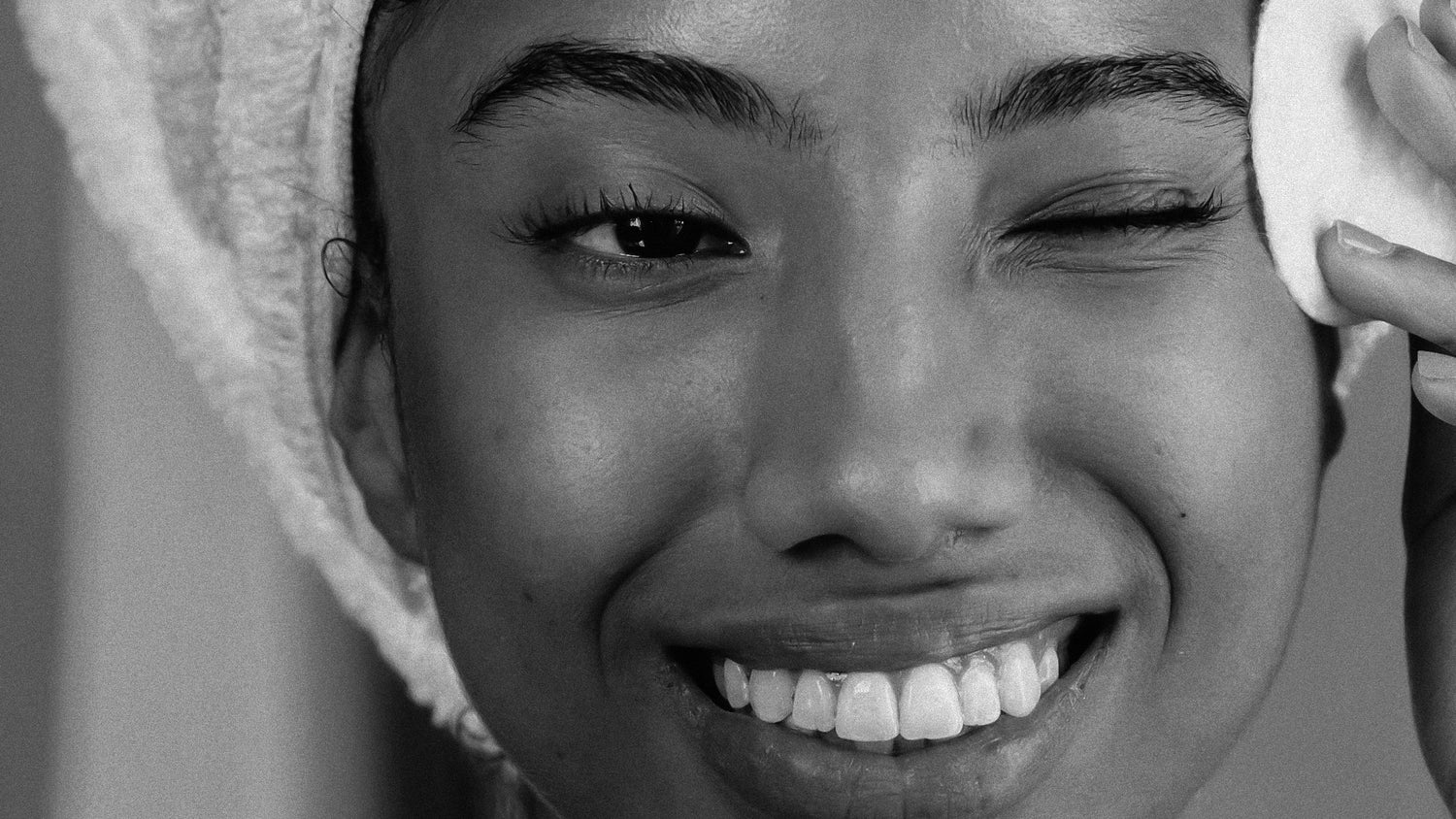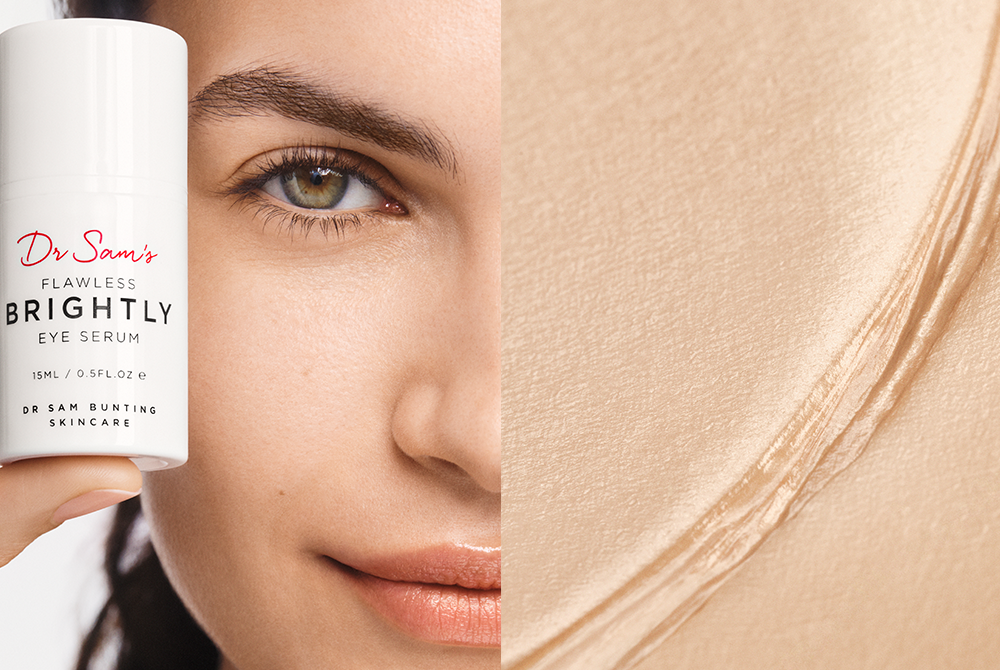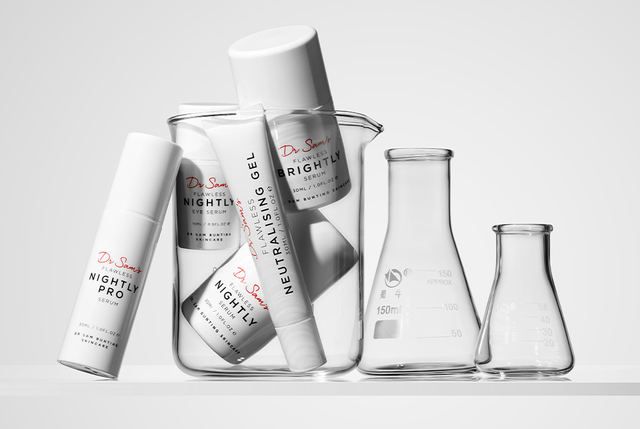Collagen is the most abundant protein in the human body, and there are 16 different types. However, the most important ones that represent 80 to 90% of all our collagen, are types one and three which are present in the skin.
Most of my patients ask me how to boost collagen because as we age and our collagen depletes, our skin changes in fundamental ways. When you start to see fine lines and wrinkles, you guessed it, you're losing collagen!
Whenever you see a baby with fat, chubby cheeks that you just want to pinch, what you're actually pinching is the thickness of the dermis and when that is full of collagen, it feels juicy. As we age, particularly around the menopause, when estrogen levels plummet, our skin starts to produce less collagen. Factor in environmental damage from UV rays and, all of a sudden, your fibroblasts, the workhorse that produces collagen, elastin and hyaluronic acid in the dermis, starts to slow down, and it can't replace it as quickly as it's broken down.
What that means is the skin becomes thinner making it more susceptible to movement which leads to lines and wrinkles etching into the skin over time. If you think about cardboard versus fine silk, you'll see that the thicker cardboard is much more resistant to those creases becoming etched in than, for example, the fragile delicate silk. The moral of a story: keep your collagen up in order to resist the formation of creases and wrinkles.
Let’s discuss the ways to keep your collagen factory going.
How Skincare Can Boost Your Collagen
We can't talk about preserving or building collagen, without talking about vitamins A, B and C. The retinoid category is the most important as it truly is the gold standard when it comes to preventing the signs of ageing and are the cornerstone of any effective routine to tackle premature ageing.
When it comes to retinoids, we have everything from tretinoin, which is prescription-grade, all the way down to retinol, retinaldehyde and granactive retinoid, so a real spectrum and you can find one at the potency of your choice that suits your skin. All of them have benefits when it comes to producing more collagen but, importantly, also reducing the breakdown of existing collagen.
Which Treatments Boost Collagen
When it comes to procedures that you would do in the clinic, there's a wide spectrum of things that you can do to make the skin produce more collagen, and sometimes you'll find that it'll be a combination of procedures that works best. I tend to ensure that the skincare approach is put in place first because you can achieve a dramatic difference from using prescription-grade retinoids in combination with vitamin C and niacinamide.
However, if you want to go further, there's a whole array of things you can do. Chemical peels will trigger new collagen if they're performed at a sufficient potency, and then you have laser devices that generate a degree of heat in the dermis which triggers new collagen production.
The way to think about it when it comes to heating the skin is if you think about a steak. When you put it in the pan and you heat it, it shrinks. That is due to collagen fibres tightening, and that is the effect that you are trying to achieve.
Dr Rakesh Patalay is a wizard when it comes to choosing the right device for an individual's skin and effecting changes that are quite dramatic, particularly when you go to the more aggressive ablative end of the laser spectrum, known as resurfacing lasers.
If lasers are too scary or peels are too much and you haven't got the capacity for downtime, or perhaps your skin tone means that these things are perhaps higher risk, microneedling is a viable option which when performed in a clinic, can target deeper into the skin. It works by causing a controlled injury which is sufficient to drive neocollagenesis (new collagen production) and can produce impressive results for something that has very little downtime other than redness for a couple of days. It’s also safe for all skin types as it doesn't remove the top layer of skin.
Dermal fillers also trigger new collagen production to some extent. Injecting filler into the skin stretches our fibroblasts which makes our own skin produce more collagen into the process. People often find if they don't have fillers more than once, their skin still ends up in a slightly better position than they would've done had they never had filler at all.
The key factor when it comes to procedural dermatology is that it’s imperative to see somebody who has access to the full array of kit and knows which is best for you and your skin concerns. Oftentimes it's not just about fine lines, it also extends simultaneously to pigmentation or broken vessels, or other signs of sun damage. So it's about cherry-picking the best procedures on the back of the best skincare regime for you.
How Lifestyle Affects Collagen
In terms of lifestyle, there are things that you can do to manage your own collagen and reduce its breakdown.
It’s very important to eat a nutritionally dense and antioxidant-rich diet. Introduce colourful fruits and vegetables such as dark leafy greens, sweet potato, tomatoes, blueberries and carrots.
Supplementing with Polypodium leucotomos can also be beneficial as there are studies that suggest it can increase our skin's own ability to protect itself against UV. I often advise it to patients if they're going to be spending long periods of time abroad in sunny climates.
If you're struggling to get a sufficient amount of vitamin C from your diet, taking a supplement can be worthwhile as well because it is so important when it comes to collagen production.
Finally, zinc is something that we can often find quite hard to get sufficient quantities of and a lot of people have low levels of zinc without realizing it. Seek out foods that are rich in zinc, such as nuts or mushrooms.

